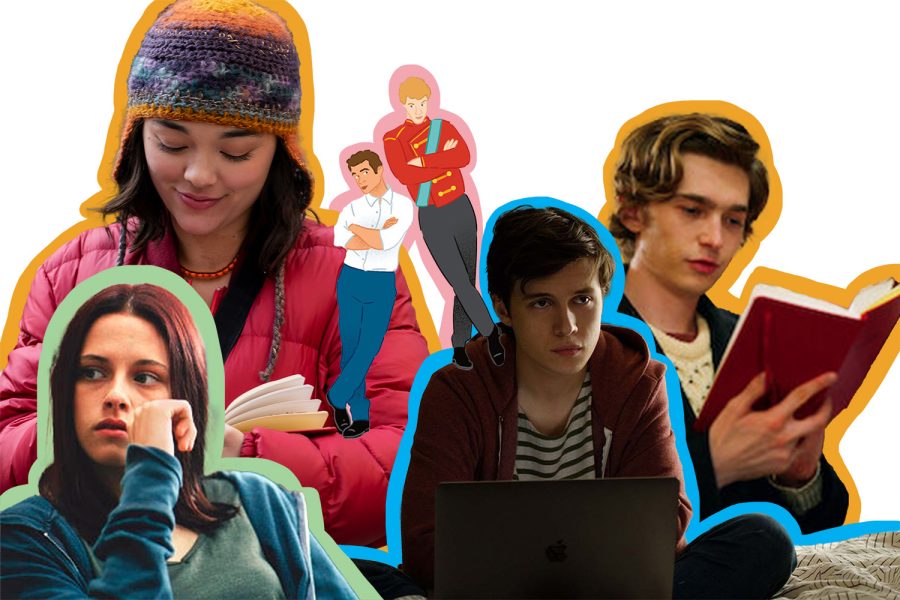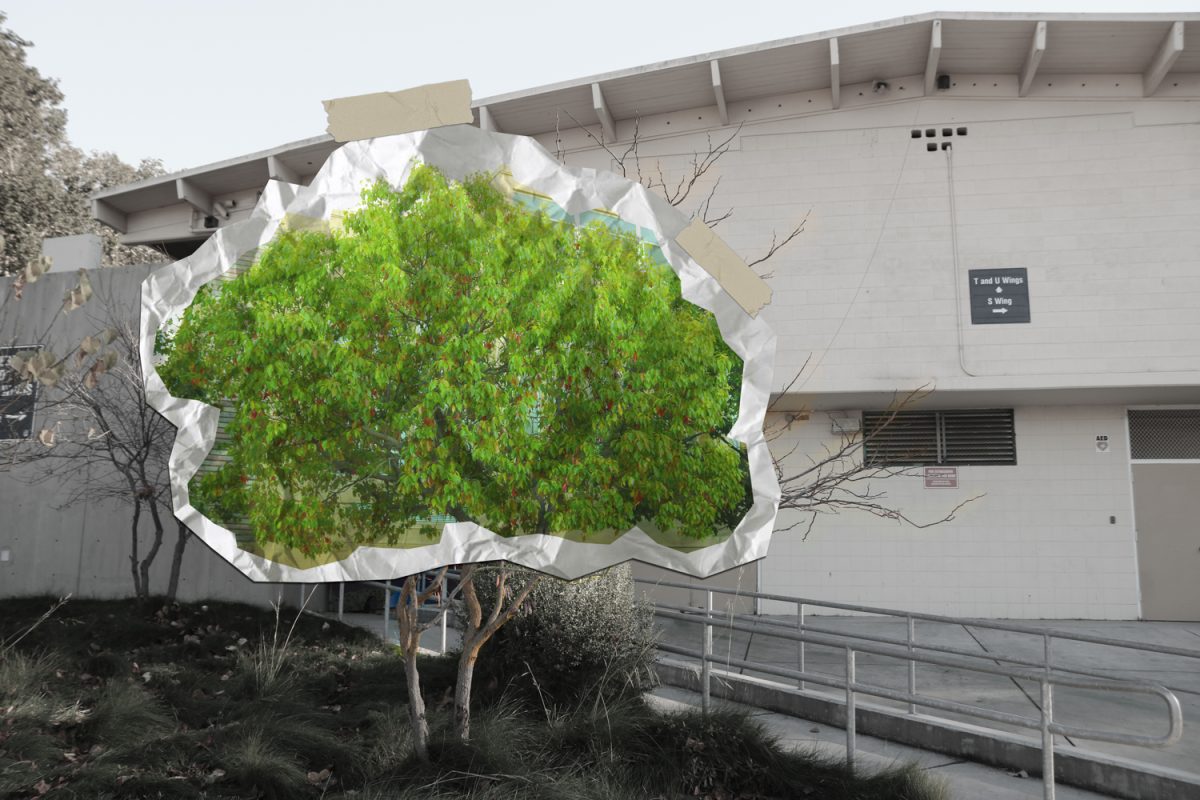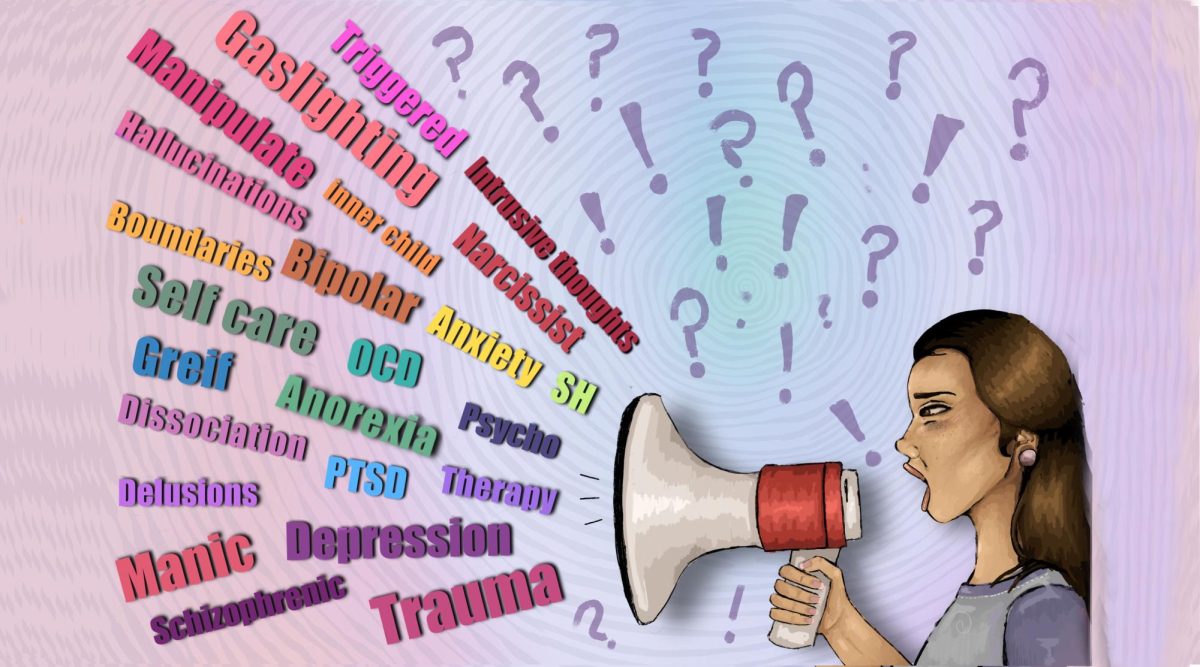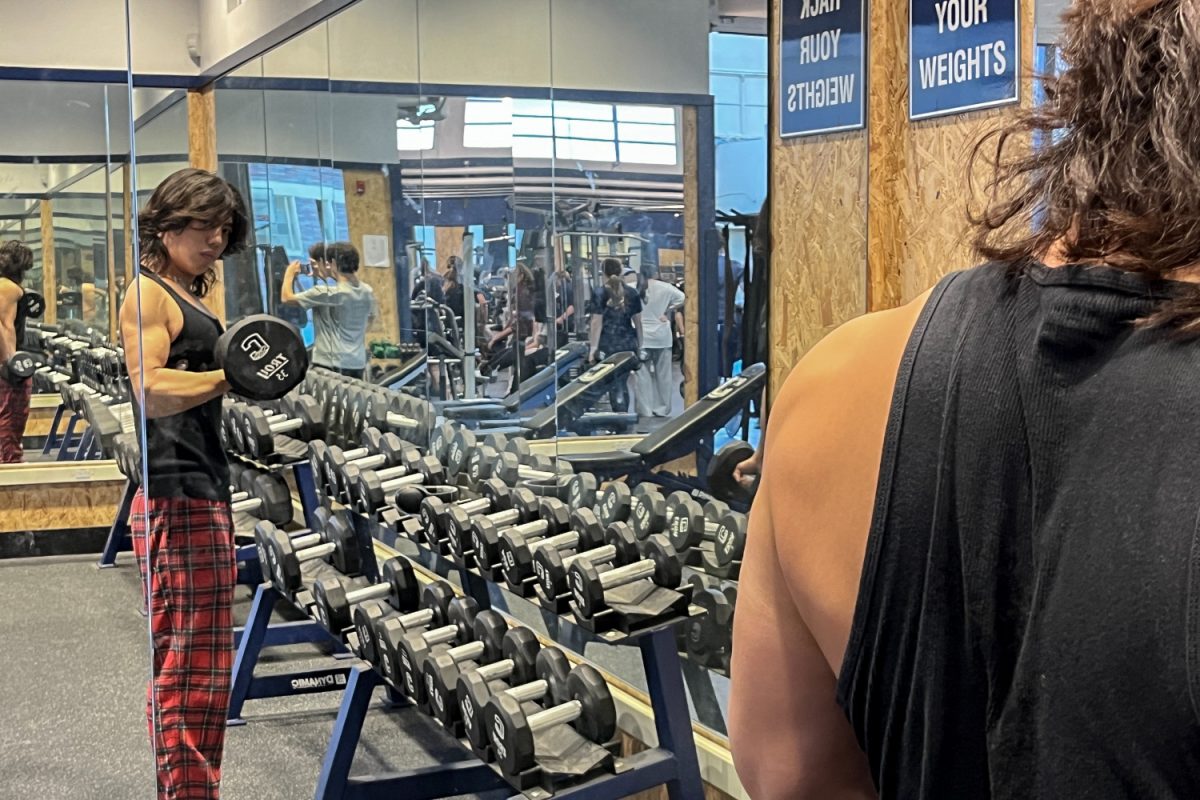Portraying characters that people can relate to should be the entertainment industry’s biggest priority. But it isn’t.
Time and time again, entertainment media, including movies, TV shows, and books, has put inclusive representation on the back burner, prioritizing profits and sensational storylines instead.
“A big part of movies is to connect to the viewer. No matter how big or small, you should be able to see a facet of yourself in the things you watch,” said sophomore Max Sinha.
Relating to the media you consume is important for many reasons. Remarkably, it allows you to see yourself as a valued member of society.
Several groups within society are underrepresented in the media. One specific group that lacks accurate, widespread representation is the part of society that prefers written communication over verbal communication.
People in this group are more comfortable with written communication for different reasons which could be beyond their control, such as being an introvert or having anxiety.
Sinha thinks that it is critical that people who prefer written communication “see their interactions mirrored” in the media. They explain that seeing characters like themselves will help them feel more comfortable and confident.
“I think it’s important that when producing movies and TV shows that expand on tropes that we know and love and are attracted to, you consider the fact that some of these people are talking [via written communication] because they want to make a connection, [for example] without triggering their anxiety,” Sinha said.
Sinha continued: “For some people, it’s really hard to go out and make those connections. So, the braveness of [putting yourself] out there should be portrayed. Texting someone, writing a letter, or having that written communication isn’t necessarily bad or antisocial, but it’s just another way to talk to people.”
Griffin Hamby, a freshman, said that showing written communication in the media can help people see it is “perfectly acceptable.”
Reflecting on the current state of representation, he explains that right now, the media doesn’t show it “much or at all.”
Among the limited representation, Hamby fishes out “Love, Simon.” The 2018 movie is based on the 2015 novel “Simon vs. the Homo Sapiens Agenda” by Becky Albertalli.
His analysis of how “Love, Simon” portrayed written communication lacks much praise. Hamby is critical of how the movie unrealistically “romanticizes” written communication.
Other students, including Sinha, also notice Hollywood’s sensationalized approach toward presenting written communication. In addition to “Love, Simon,” they see a similar treatment of written interactions in the 2020 Netflix original series “Dash & Lily,” adapted from the 2010 novel “Dash & Lily’s Book of Dares” by Rachel Cohn and David Levithan.
“I’ve noticed that there’s always a secret. They never know the other person’s identity, which I think is weird because it’s always like, ‘Oh, who is it? Who could this be?’” Sinha said. “I think it’s kind of complicated with that because sometimes it doesn’t have to be some big drama.”
I’ve noticed that there’s always a secret. They never know the other person’s identity, which I think is weird because it’s always like, ‘Oh, who is it? Who could this be?’ I think it’s kind of complicated with that because sometimes it doesn’t have to be some big drama.
— Max Sinha, sophomore
“Love, Simon” and “Dash & Lily” are a start, but they are far from perfect examples. They fail to create scenarios that viewers can relate to while enjoying a captivating story. As Sinha puts it, producers can always “do more.”
A better example that normalizes written communication rather than romanticizing it in the media is “Red, White & Royal Blue” by Casey McQuiston. The 2019 novel follows Alex Claremont-Diaz and Henry Wales as they get to know each other.
Because Claremont-Diaz and Wales live in the U.S. and England, respectively, they utilize texts and emails to communicate. They know each other’s identities from the start, eliminating the overdramatization that makes “Dash & Lily” and “Love, Simon” problematic.
Jessie Rizvi, a sophomore, shares that she has seen the media incorporating characters who are introverted or have anxiety, citing “Girl, Interrupted,” “The Perks of Being a Wallflower,” and “Speak” as examples. These examples have been hit or miss in their portrayals, Rizvi said.
“There are some [examples] of media that I think portray them well, and sometimes I don’t think they are portrayed very accurately. However, this could be just from what anxiety feels and looks like to me personally, so I think that it is effective to have variety in what the media shows anxiety to look like,” Rizvi said.
Rizvi was lucky enough to stumble upon the 2004 movie “Speak” based on the 1999 novel of the same name by Laurie Halse Anderson. She explains that the movie successfully portrays the main character, Melinda Sordino, and her struggle to communicate through speech.
Carlmont students have varying comfort levels with verbal communication, and their reasons for choosing written communication instead also differ. Hamby, for example, prefers written communication because it gives him the time and space to think about what he wants to say and how to say it.
“It also gives me more time, if I’m having an emotionally-charged conversation, to just step away and take a breath before responding to avoid furthering conflict,” Hamby said.
Recently, Hamby had to have such a conversation when he needed to talk to a now-former friend to end their toxic relationship. He chose to have a written conversation to protect himself from a potentially dangerous situation.
“I was quite worried for my safety if I were to have this conversation in person, so I opted to do so over text for my own physical well-being,” Hamby said. “It was also a lot easier to what was right for me without being pressured in person. I’m genuinely not sure if I would have stayed as true to myself if I had had that conversation face to face.”
At the same time, written communication has its risks.
“Written communication can take the element of tone or expression out of speaking,” Rizvi said. “However, if people are very uncomfortable with public speaking, there are many ways to integrate tone and expression into text.”
Using tone indicators, also called tone tags, is one way to convey tone in written communication.
Inclusive representation in the media will positively impact students in a school context as well, Rizvi said. She explains that increased representation will make teachers more aware of students’ varying comfort levels with verbal communication and may be more likely to offer alternatives to assignments that require verbal communication to make students feel more comfortable in class.
Sinha suggests that students communicate with their teachers, and group mates if working on a group project, so that their boundaries are not overstepped. To make students feel comfortable in potentially stressful situations, showing empathy is key.
Fortunately, Sinha thinks that members of the Carlmont community have established or improved their ability to be empathetic during the 2021-2022 school year.
“For the most part, last year was just a lot of learning, growing, and having relationships with people that couldn’t be in person,” Sinha said.
Because of its widespread use, written communication became more normalized during distance learning. Along with that, students have experienced both positive and negative interactions on the internet.
Acknowledging the dangers of the internet and social media, Sinha believes we should be cautious when conversing online. Still, we should also not “cut ourselves off from media in the fear that something [bad] will happen.”
“It gives a lot of people more freedom to express themselves and talk to other people without the fear of being rejected in a place where they are [more] vulnerable,” Sinha said. “In the same way that social media allows bullies to hide behind a mask, it also allows socially anxious people to hide.”













